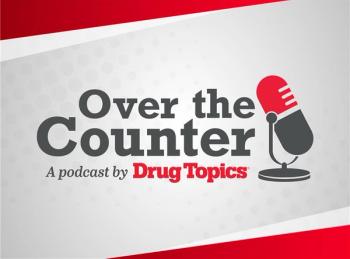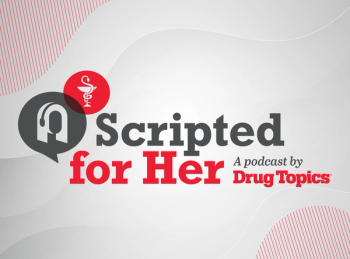
Pathology of Nonadherence Does Not Accurately Represent Structural Barriers to Care
The use of the terminology can alter the meaning when assigned to patients’ behaviors, unintentionally implying that barriers such as poverty or systemic racism are due to poor behavior or efforts.
Authors of a research article published in The Annals of Family Medicine propose the concept of adherence labeling as an alternative model to understanding how the term “adherence” could contribute to obstructed care for patients who are marginalized. They state that the use of the terminology can alter the meaning when assigned to patients’ behaviors, unintentionally implying that structural barriers such as poverty or systemic racism are due to poor behavior or efforts.1
In
“Encouraging adherence to treatment remains one of medicine’s oldest and most persistent challenges,” the authors of the current study wrote.1 “Unfortunately, stigma has often accompanied descriptions of ‘nonadherent’ patients, with many scholars raising concern that such terms undermine patients’ autonomy and blame them for poor health outcomes.”
They state that substantial research has gone into understanding adherence as a behavior, but there is limited data on adherence as a label and how that could affect patients’ behaviors. The authors said that the terminology around adherence could pose a risk for patients who are socially vulnerable and outweigh the therapeutic benefits.1
The authors argue that nonadherence is treated as a diagnosis, although it is not usually discussed as one. Additionally, adherence is studied under the same risk model compared with standard medical conditions. The pathology of nonadherence implies that it is normal for patients to adhere to their medical recommendations, including pharmaceutical therapies. The review authors stated that there is no widely accepted criteria for nonadherence, and they found that study findings suggested that health care providers subjectively assess to determine a patient’s adherence, which could make it vulnerable to bias.1
As for nonadherence as a label, the authors said that “a label is a term that identifies a person based on observable qualities such as racial phenotype, class status, or behavior. Social labeling describes how actions considered disruptive to society undergo a process of public identification, resulting in often pejorative terms.” They stated that if a patient struggles to take medication because of structural factors, there is not a guarantee that the driver of the behavior is documented for other health care team members. This can cause the patient to be assumed to be defiant or careless instead of having social determinants of health, according to the authors.1
Community pharmacists are in a prime position to address social determinants of health, but pharmacies need more funding and training to help improve population health. In a study, investigators found that 209 respondents stated that 25% of their patients experienced social barriers, and only 3% reported patients experienced no social determinants of health. Low income and transportation were the biggest barriers to access—which can also affect the patient’s ability to adhere to medication.3
Ready to impress your pharmacy colleagues with the latest drug information, industry trends, and patient care tips? Sign up today for our
REFERENCES
1. Beltrán S, Cronholm PF, Bartels SJ. Adherence Labeling: Understanding the Origins, Limitations, and Ethical Challenges of "Diagnosing" Nonadherence. Ann Fam Med. 2025;23(3):255-261. Published 2025 May 27. doi:10.1370/afm.240358
2. Nowosielski B. Behavioral Science Methods Failed to Improve Medication Adherence. Drug Topics. May 27, 2025. Accessed May 28, 2025. https://www.drugtopics.com/view/behavioral-science-methods-failed-to-improve-medication-adherence
3. Nowosielski B. Community Pharmacists Can Address SDOH, Advance Health Equity. Drug Topics. March 6, 2025. Accessed May 28, 2025. https://www.drugtopics.com/view/community-pharmacists-can-address-sdoh-advance-health-equity
Newsletter
Pharmacy practice is always changing. Stay ahead of the curve with the Drug Topics newsletter and get the latest drug information, industry trends, and patient care tips.























































































































